



.jpg)
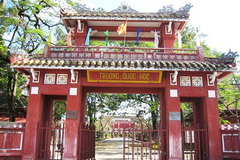
L’école nationale de Huê se trouve sur la rue Lê Loi, quartier de Vinh Ninh, ville de Huê, province de Thua Thien-Hué.Quoc Tu Giam fut l’Ecole Nationale ouverte par la Cour pour former les élites intellectuelles de l’état. Au...
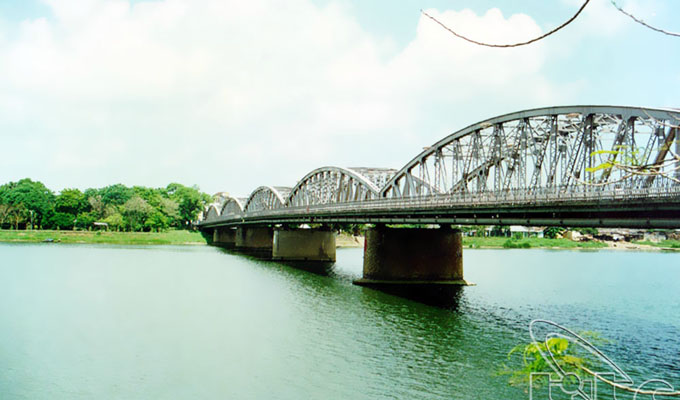
Huê ne serait pas la même sans la rivière Huong ou rivière des Parfums et le mont Ngu Binh, qui confèrent à l’ancienne cité des rois un cadre harmonieux et romantique. Une combinaison d’éléments indissociables que savent...
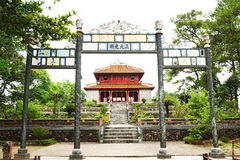
After being on the throne for seven years, Emperor Thieu Tri was sick and died on 4 November 1847 at the age of 41. In his lifetime, the Emperor neither thought of his death nor wanted the people and soldiers to waste so much labour and property for him, so he did not have his tomb built.As soon...
.jpg)
Pagoda was built in the shape of the Chinese character "Khau" (mouth), with the main building consisting of three rooms and two wings. It faces the southeast and uses Ngu Binh Mount as a front screen.The pagoda was originally a small hut built by Nhat Dinh in 1843, who was formerly recognized by...
.jpg)
Établie comme capitale du Viet Nam unifié en 1802, la ville de Huê a été non seulement le centre politique mais aussi le centre culturel et religieux sous la dynastie Nguyên, jusqu'en 1945. La rivière des Parfums serpente à travers la...
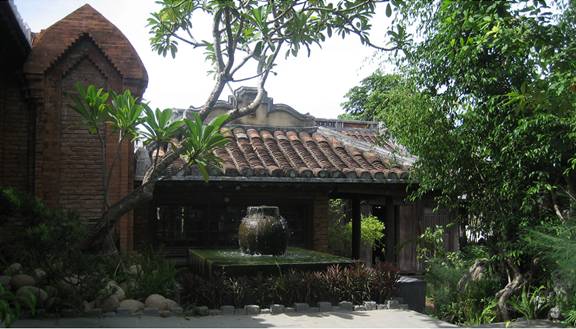
Travelling to Hue you may look for some corners where still keep remain it owns culture, architecture and a traditional food let visit Phuoc Tich ancient village with old house architectures, 500 years old temple and a collection of ceramic relics which are strong reflection of Hue culture....

The tomb of Gia Long is in fact a group of tombs including those of the Emperor's relatives. The whole compound is spread on a joint mountain with 42 small and big mounts, amongst which Dai Thien Tho is the biggest.To visit Gia Long's tomb, tourists can go by boat about 18km along...
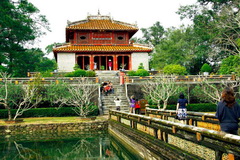
Le tombeau de Minh Mang est situé à l’extérieur de la ville, sur le mont Cam Ke, à 12 km de Hué, sur la rive ouest de la Rivière des Parfums.En avril 1840, le roi Minh Mang changea le nom du mont "Cam Ke" en mont "Hieu Son" et donna au futur tombeau...

The national park, extended in 2008, lies on a high mountain ridge that runs west-east from the Laotian border to the East Sea at the Hai Van pass. This ridge interrupts the coastal plain of Vietnam, and, therefore, forms a biogeographical boundary between the faunas and floras of northern and...
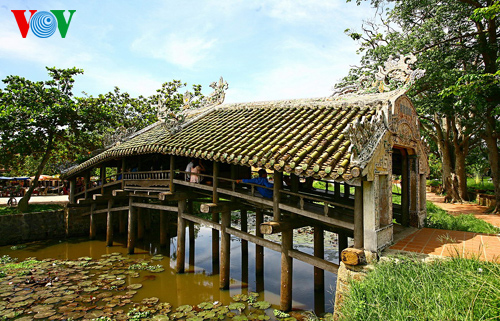
Thanh Toan old bridge built in 1776 for the connection between villages and a place to have some breeze during the summer day. The Bridge is one of the oldest bridge in Vietnam recognized by as country heritage in 1990

Soyez le premier à connaître nos offres de voyage exclusives et les nouveaux circuits !.